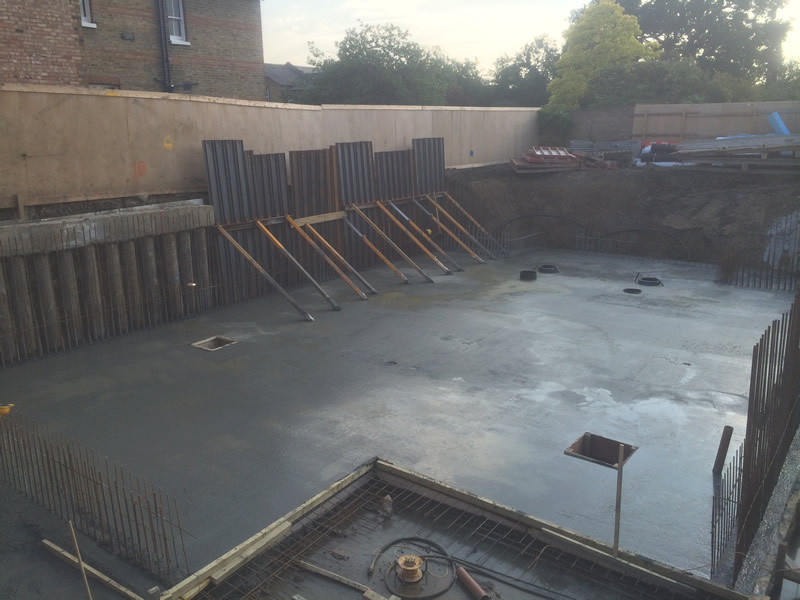There are things workers really do not want to discover when they start excavating. When work was underway on the site of the old Liverpool Street Station, for example, as many as eight bodies per cubic metre of excavated clay were discovered. Workers creating a new entry for Bank tube station had a similar experience: where the ticket office now stands was once a burial crypt.
Unsurprisingly, many stories circulate amongst workers engaged by London Transport or in basement construction in London about things that go bump in the night. Near Elephant and Castle, for example, there are numerous stories about apparitions of a woman, especially in basements and tunnels, and a large number of reports of poltergeist activity and phantom footsteps.
Many train drivers and underground workers fear the Kennington loop, where tube trains turn around on the Northern Line. Ghosts, poltergeists and strange noises are regularly reported.
Hikers and dog walkers frequently report hearing trains rushing by Parkway Walk near the old Highgate Station, even though all the rails were removed in the 1950s and early 1960s.
Tunnels and basements in the vicinity of the old British Museum Station, which closed in 1933, are said to be haunted by an Egyptian princess after her mummy was removed to the nearby museum.
Skeletons
Skeletons are easy enough to explain, but this does not always set minds at ease. After skeletons were encountered during recent work near London Bridge, workers began sticking together in pairs at all times. The skeletons were discovered when work on a new tourist attraction – the London Bridge Experience – broke open a sealed vault adjacent to existing basements. Some of the bodies had holes in their skulls.
Workers complained that their tools began mysteriously disappearing, with light bulbs blowing for no apparent reason. One worker is quoted as saying: “There is a strange feel about the place.” Another said: “It’s as if someone’s watching you.”
The crypt may have been associated with the cemetery at Southwark Cathedral; however, many bloodthirsty executions have been carried out at London Bridge, including those of William Wallace (Braveheart), Guy Fawkes, and heroic peasant rebel Wat Tyler.
Abandoned cellars, tunnels and caves
More practically speaking, uncharted voids below ground level are always a hazardous possibility during basement constructions. London is a very old city and not everything about its past can be known. Voids are often created by running ground water; in days gone by, many well shafts were dug to provide water for drinking or industrial use.
If anything of this kind is encountered during a construction, underpinning techniques are now much more sophisticated – and cheaper – than was previously the case. They can be implemented rapidly before consequences have a chance to arise.
London’s 40 or so abandoned stations are often used as spooky movie sets. V for Vendetta, 28 Weeks Later, Thor the Dark World, Skyfall and Werewolf in London all used them; however, perhaps the scariest of all – Hobbs End, which featured in the 1950s serial Quatermass and the Pit – was not a real station.

